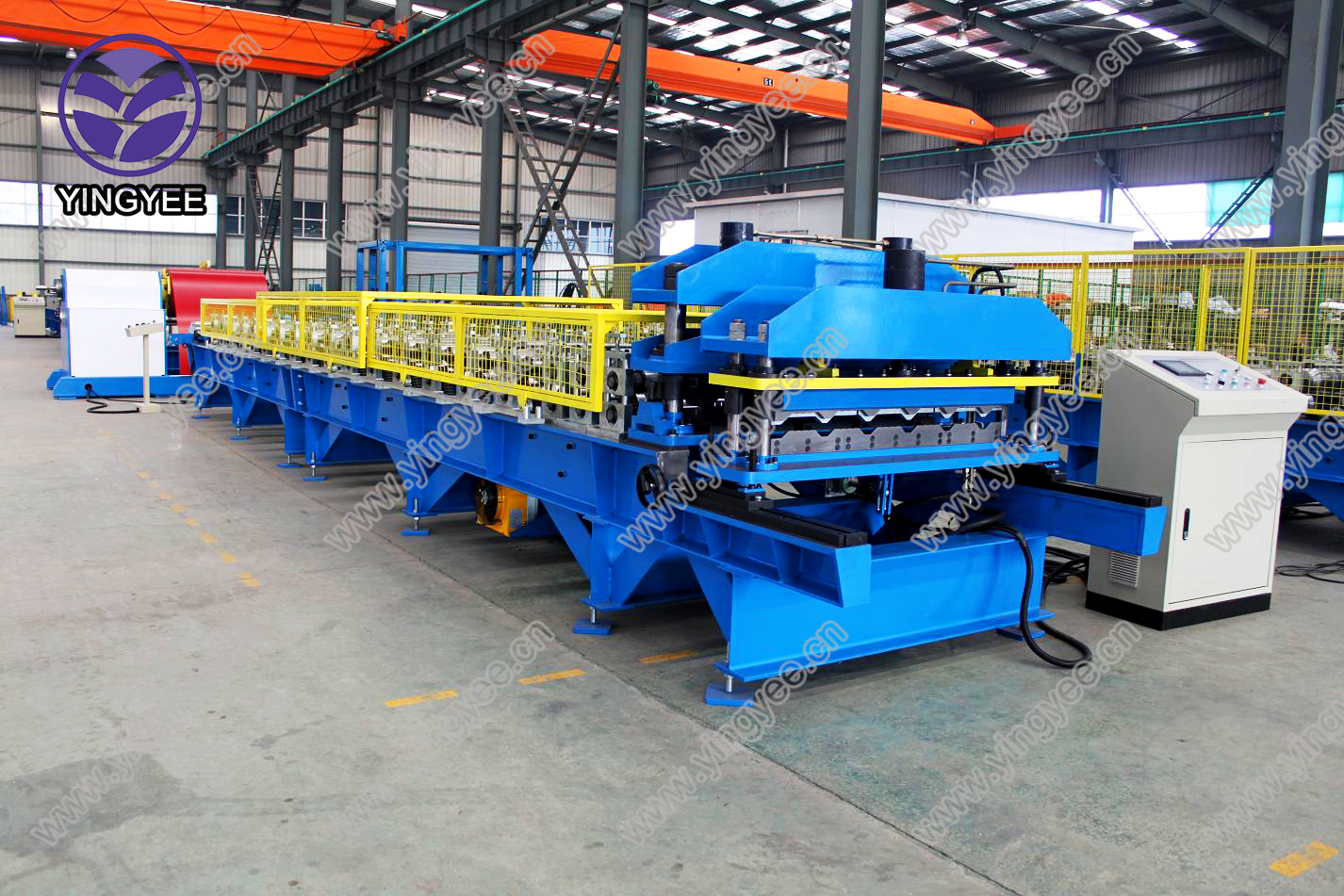
The C-Shaped Steel Roll Forming Machine An Overview
In the world of construction and manufacturing, efficiency and precision are paramount. Among the numerous technologies available to meet these demands, the C-shaped steel roll forming machine stands out for its versatility and reliability. This specialized equipment plays a critical role in producing high-quality C-shaped steel components that are essential for various applications, including structural frames, roof supports, and more.
Understanding C-Shaped Steel
C-shaped steel, also known as channel steel, is a popular choice in construction due to its strength, lightweight nature, and efficiency in load distribution. Its unique shape allows it to bear heavy loads while being relatively easy to handle and install. The demand for C-shaped steel has grown significantly in recent years, propelled by the expansion of the construction industry and the push for more sustainable building practices.
The Roll Forming Process
The process of creating C-shaped steel involves roll forming, a continuous bending operation that transforms a long strip of metal into a desired cross-section. The process is efficient, allowing manufacturers to produce long lengths of steel with minimal waste.
A C-shaped steel roll forming machine typically consists of several key components
1. Feeding Mechanism This system feeds the raw steel coil into the machine, ensuring a steady and precise flow of material for processing.
2. Roll Forming Stations A series of rolls, each designed to handle a specific bend or profile, shape the steel gradually as it passes through. The number of rolls can vary depending on the complexity of the desired shape and the thickness of the material.
3. Cutting Mechanism Once the metal has been formed into the C shape, a cutting system slices it into the required lengths, ensuring uniformity and precision.

Advantages of C-Shaped Steel Roll Forming Machines
1. Efficiency The roll forming process is incredibly efficient, producing large quantities of steel profiles in a relatively short time. This efficiency translates into lower production costs and faster turnaround times for construction projects.
2. Versatility C-shaped steel can be designed for a wide range of applications, from residential buildings to industrial structures. The roll forming machine can also be adjusted to produce different sizes and thicknesses, accommodating a variety of project requirements.
3. Quality and Consistency Automated processes and precise machinery ensure that each piece of C-shaped steel meets strict quality standards. Consistency in the production process reduces waste and ensures compatibility in structural applications.
4. Customization Many modern C-shaped steel roll forming machines can be customized to meet specific project needs. This flexibility allows manufacturers to respond quickly to market demands and changes in design specifications.
5. Reduced Labor Costs With automation and streamlined processes, these machines require fewer operators and less manual labor, resulting in significant labor cost savings.
Applications of C-Shaped Steel
C-shaped steel is widely used in various industries, including construction, automotive, and manufacturing. Common applications include
- Structural frameworks for buildings and bridges. - Support systems for roofing and flooring. - Manufacturing of frames for trucks and trailers. - Fabricating components for agricultural equipment.
Conclusion
In conclusion, the C-shaped steel roll forming machine represents a vital innovation in the manufacturing sector. Its efficiency, versatility, and ability to produce high-quality steel components make it an invaluable tool for meeting the demands of modern construction and engineering. As industries continue to advance toward automation and sustainability, the role of these machines will only become more prominent, helping to shape the future of construction and infrastructure.